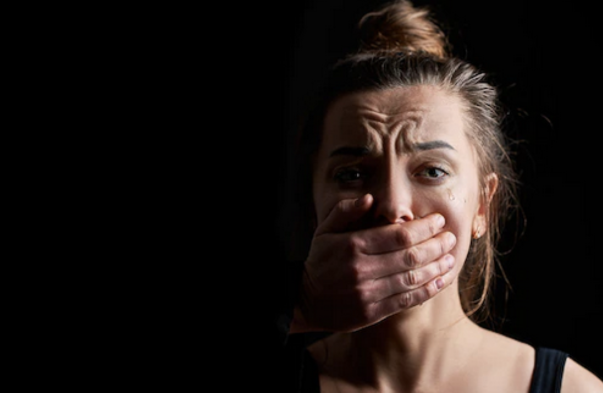Chances are there’s going to be nothing visible, nothing that you can see from across the room, or even from up close, that should alert you that a stranger is being trafficked. That may come as a surprise – especially if you have been to a training where you have been taught the ‘signs’ or indicators of trafficking, such as a person looking disheveled, upset or scared. But as we learn more about how trafficking really works, we are also learning that the best way to help is to pay attention to people you actually know or interact with – your students, your tenants, your children, your patients, your co-workers. It is all about two magic words: Context and proximity.
Vulnerabilities and Recruitment
Who is most vulnerable? “It can happen to anyone,” and “it’s happening in your backyard,” are common in the anti human trafficking field. But it’s more complicated than that. Learn more about vulnerabilities and how traffickers lure people in.
DISCOVER MORE ABOUT THE POLARIS PROJECT.
Context is key to being able to help understand if what you are seeing is sex or labor trafficking – or something else entirely. People who work in certain industries, for example, may be more likely to spot signs of trafficking that are specific to the way that industry operates. Below are resources specific to either the type of trafficking or to how trafficking situations may intersect with certain kinds of systems and industries. The U.S. National Human Trafficking Hotline does not report to law enforcement in situations involving adults without permission from the person contacting the Trafficking Hotline.
You can also learn more in our report on intersections.
